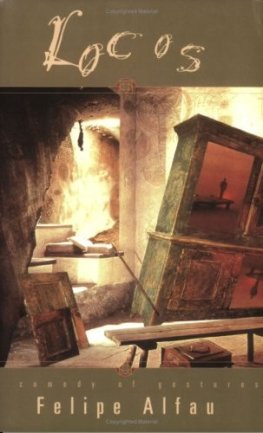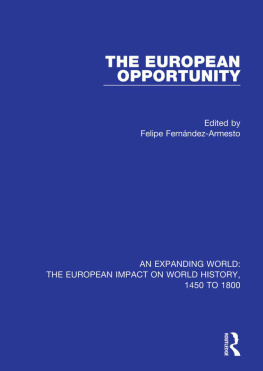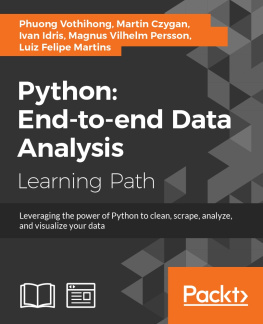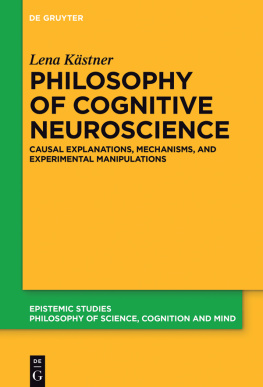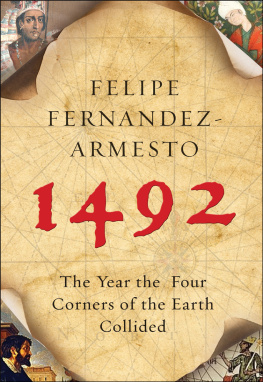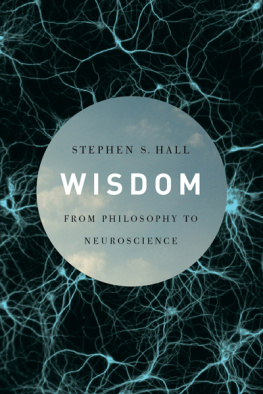Felipe de Brigard (editor) - Neuroscience and philosophy
Here you can read online Felipe de Brigard (editor) - Neuroscience and philosophy full text of the book (entire story) in english for free. Download pdf and epub, get meaning, cover and reviews about this ebook. year: 2022, publisher: MIT Press, genre: Romance novel. Description of the work, (preface) as well as reviews are available. Best literature library LitArk.com created for fans of good reading and offers a wide selection of genres:
Romance novel
Science fiction
Adventure
Detective
Science
History
Home and family
Prose
Art
Politics
Computer
Non-fiction
Religion
Business
Children
Humor
Choose a favorite category and find really read worthwhile books. Enjoy immersion in the world of imagination, feel the emotions of the characters or learn something new for yourself, make an fascinating discovery.

- Book:Neuroscience and philosophy
- Author:
- Publisher:MIT Press
- Genre:
- Year:2022
- Rating:4 / 5
- Favourites:Add to favourites
- Your mark:
- 80
- 1
- 2
- 3
- 4
- 5
Neuroscience and philosophy: summary, description and annotation
We offer to read an annotation, description, summary or preface (depends on what the author of the book "Neuroscience and philosophy" wrote himself). If you haven't found the necessary information about the book — write in the comments, we will try to find it.
Neuroscience and philosophy — read online for free the complete book (whole text) full work
Below is the text of the book, divided by pages. System saving the place of the last page read, allows you to conveniently read the book "Neuroscience and philosophy" online for free, without having to search again every time where you left off. Put a bookmark, and you can go to the page where you finished reading at any time.
Font size:
Interval:
Bookmark:
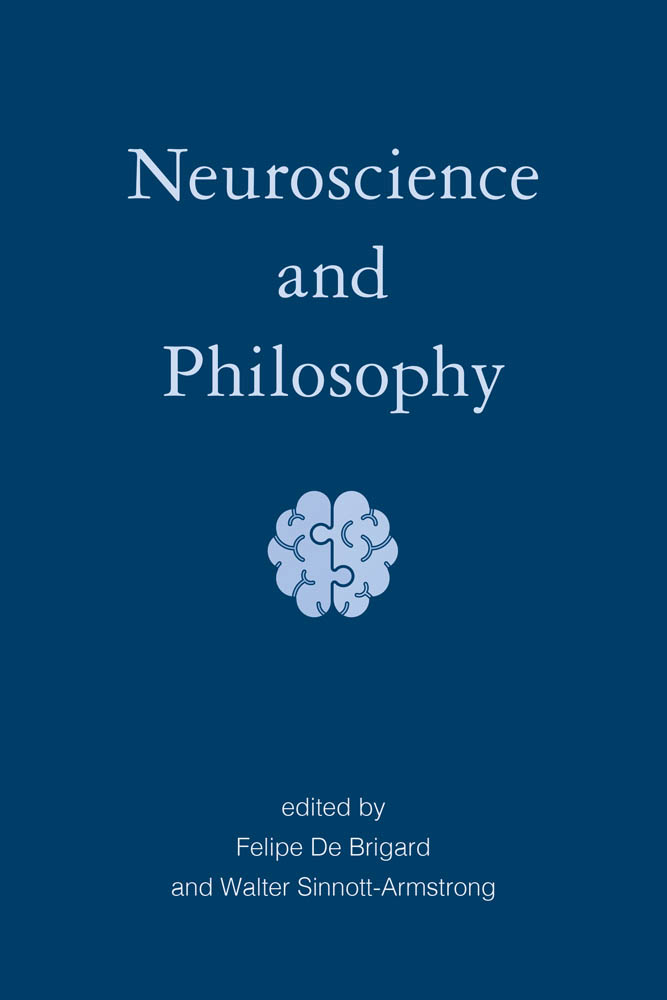
Neuroscience and Philosophy
Edited by Felipe De Brigard and Walter Sinnott-Armstrong
The MIT Press
Cambridge, Massachusetts
London, England
2022 The Massachusetts Institute of Technology
All rights reserved. No part of this book may be reproduced in any form by any electronic or mechanical means (including photocopying, recording, or information storage and retrieval) without permission in writing from the publisher.
The MIT Press would like to thank the anonymous peer reviewers who provided comments on drafts of this book. The generous work of academic experts is essential for establishing the authority and quality of our publications. We acknowledge with gratitude the contributions of these otherwise uncredited readers.
Library of Congress Cataloging-in-Publication Data
Names: Brigard, Felipe de, editor. | Sinnott-Armstrong, Walter, 1955 editor.
Title: Neuroscience and philosophy / edited by Felipe De Brigard and Walter Sinnott-Armstrong.
Description: Cambridge, Massachusetts : The MIT Press, [2022] | Includes bibliographical references and index.
Identifiers: LCCN 2021000758 | ISBN 9780262045438 (paperback)
Subjects: LCSH: Cognitive neurosciencePhilosophy.
Classification: LCC QP360.5 .N4973 2022 | DDC 612.8/233dc23
LC record available at https://lccn.loc.gov/2021000758
d_r0
This book is dedicated to all philosophers and all neuroscientists who have built, and continue to build, bridges between the two disciplines.
- Felipe De Brigard and Walter Sinnott-Armstrong
- Joshua May, Clifford I. Workman, Julia Haas, and Hyemin Han
- Shannon Spaulding, Rita Svetlova, and Hannah Read
- Robyn Repko Waller and Maj. Allison Brager
- Jim A. C. Everett, Joshua August Skorburg, and Jordan L. Livingston
- Natalia Washington, Cristina Leone, and Laura Niemi
- Eyal Aharoni, Sara Abdulla, Corey H. Allen, and Thomas Nadelhoffer
- Gidon Felsen and Jennifer Blumenthal-Barby
- Tony Cheng and Antonio Cataldo
- Rachel N. Denison, Ned Block, and Jason Samaha
- Jorge Morales, Brian Odegaard, and Brian Maniscalco
- Sarah Robins, Sara Aronowitz, and Arjen Stolk
- Anna Leshinskaya and Enoch Lambert
- Samuel Murray, Zachary C. Irving, and Kristina Krasich
- Joseph McCaffrey and Jessey Wright
The moral brain. Brain areas consistently activated when people make moral, compared to nonmoral, judgments.
This figure illustrates the intentional binding effect. Participants watch a sped-up analog clock. In the experimental voluntary action condition, participants execute an endogenously generated movement, a button press, at a time of their choosing. A tone sounds 250 milliseconds after the button is pressed. Using the clock, in separate blocks, participants judge either the time of the action or the time of the tone. In the baseline conditions, participants execute a button press with no resultant tone or hear a tone with no preceding movement. Participants judge the time of the standalone event. In the involuntary TMS movement condition, experimenters induce a finger twitch in the participants with TMS, with a tone sounding 250 milliseconds late. Like the voluntary condition, in separate blocks, participants judge the time of the time of the twitch or the time of the tone. In voluntary active conditions, the time of the movement and the time of the tone bind together in perceptual temporal space compared to baseline and involuntary conditions.
Libets experimental results. The diagram shows the results of Libet and colleagues (1983) experiment. The readiness potential (RP) onset occurs approximately 550 milliseconds prior to time of movement, labeled here as 0, and approximately 300 milliseconds prior to the average reported time of first awareness of intention to act, labeled here as W.
Number of studies published on the somatic senses from 1960 to 2019. Search performed on Scopus on July 2020, using touch, tactile, haptic, and somatosens* as search terms in the title, abstract, or keywords.
Somatosensory and motor homunculus. The figure shows a distorted representation of the human body based on the cortical representation of each body part in the primary somatosensory (S1; left) and motor (M1; right) cortices. (OpenStax College, CC BY 3.0, via Wikimedia Commons.)
A comparison between amodal and modal completion. From Ringach and Shapley (1996).
Observer models and their relation to phenomenal experience. An observer model (gray box) takes as input stimuli and task goals. The models we consider here can include sensory processing and decision stages. Traditionally, observer models are designed to output measurable quantities (shown in bold), including behavioral and/or neural responses. Here, we are interested in understanding how observer models could predict the contents of phenomenal visual experience (phenomenology) whose properties must be inferred from behavior and neural activity. (We use a sparser arrow to indicate inferences from neural activity because such inferences require established relations between neural activity and phenomenology in the absence of a behavioral reportan active research topic in itself.) Specifically, we ask how sensory and decision components of standard vision models could map to phenomenal experience.
Signal detection theory (SDT) illustrated for a detection task. (A) The sensory stage of SDT is a single internal response, generated on every trial (open circles on the x-axis represent four example trials). When no stimulus is presented, the internal response is drawn from a Gaussian probability distribution (stimulus-absent distribution). When the stimulus is presented, the internal response is drawn from another Gaussian distribution with a higher mean (stimulus-present distribution). When the internal responses are normalized by the standard deviation of the Gaussian, the discriminability of the two distributions (d) is the difference in distribution means. The criterion represents the decision stage and is independent of d . It defines the magnitude of internal response needed to report that the stimulus was present. When the stimulus is absent, an internal response below the criterion (report absent) gives a correct rejection, and an internal response above the criterion (report present) gives a false alarm (open circles). When the stimulus is present, an internal response below the criterion gives a miss, and an internal response above gives a hit (open circles). (B) The SDT criterion computed from behavior is a relative measure: it indicates how much evidence is needed to make a decision relative to the two distributions. However, when relating behavior to neural activity, we may be interested in the absolute decision boundaryfor example, the neural response magnitude required to report that the stimulus was present. This example illustrates a potential difficulty in inferring an absolute decision boundary from the SDT criterion in a detection task. The criterion estimated from behavior could change due to either a shift in the internal response distributions with no change in absolute decision boundary (left) or a shift in the absolute decision boundary with no change in internal response distributions (right). See .
Drift diffusion model (DDM) illustrated for a motion-direction discrimination task. Assume a choice between net leftward or rightward motion of some moving dots, where the majority of dots are moving rightward (the stimulus). The sensory representations in DDM begin with activity in feature-tuned detectors (such as those in the middle temporal (MT) area with motion-direction preference). This sensory activity is sustained over time while the stimulus is presented and provides noisy evidence at each time point for how much leftward or rightward motion there is. This is called the momentary evidence. During evidence accumulation, a separate computation integrates the difference of the noisy responses that each feature-tuned detector emits at each moment in time. Thus, the accumulation will build toward a positive or negative boundary. Once this decision variable reaches either boundary, a decision is made. The DDM can thereby explain which choice was made and how long the decision took (reaction time). If the difference in momentary evidence between two detectors is large, this will drive accumulation toward a boundary faster, leading to shorter reaction times. The size of the difference in evidence strength between detectors determines the accumulation rate in the model. The accumulation starting point and placement of the boundaries are also model parameters that can be modified to capture decision biases or speed-accuracy trade-offs, for example.
Font size:
Interval:
Bookmark:
Similar books «Neuroscience and philosophy»
Look at similar books to Neuroscience and philosophy. We have selected literature similar in name and meaning in the hope of providing readers with more options to find new, interesting, not yet read works.
Discussion, reviews of the book Neuroscience and philosophy and just readers' own opinions. Leave your comments, write what you think about the work, its meaning or the main characters. Specify what exactly you liked and what you didn't like, and why you think so.

